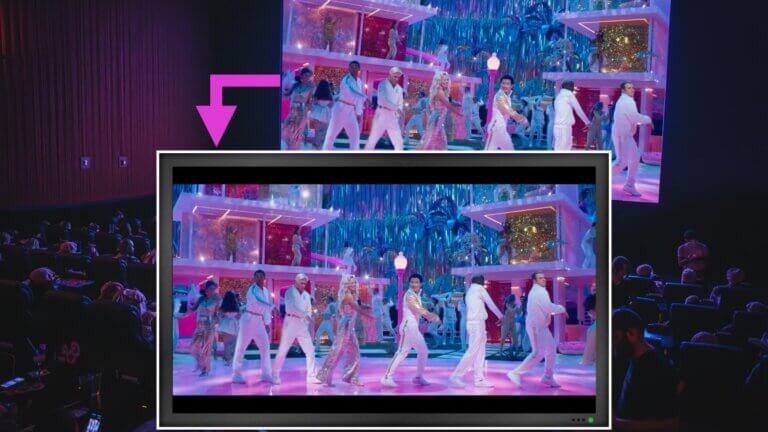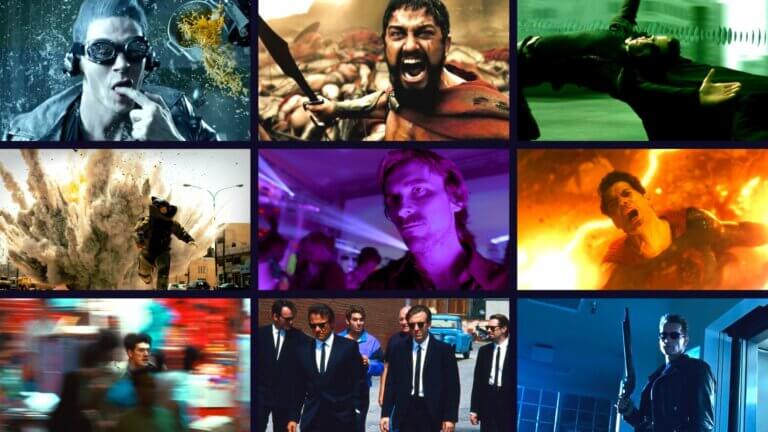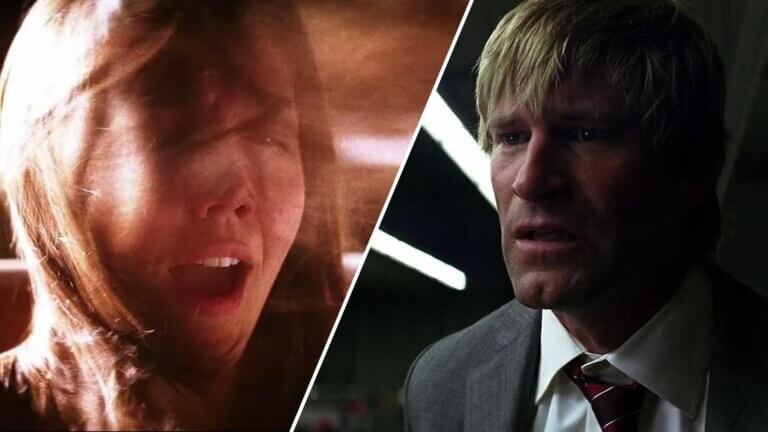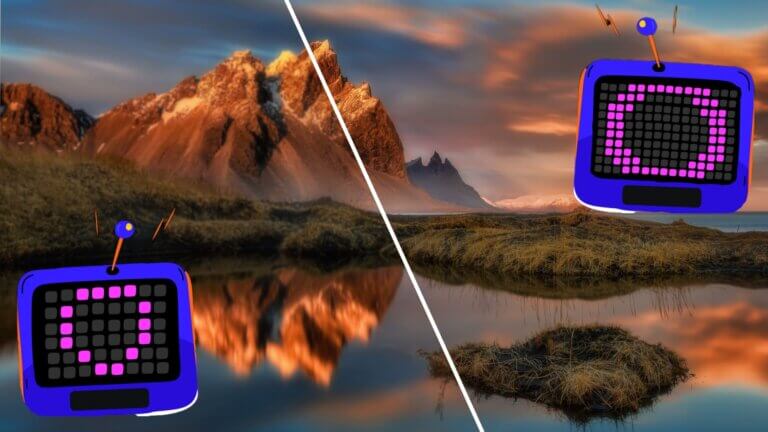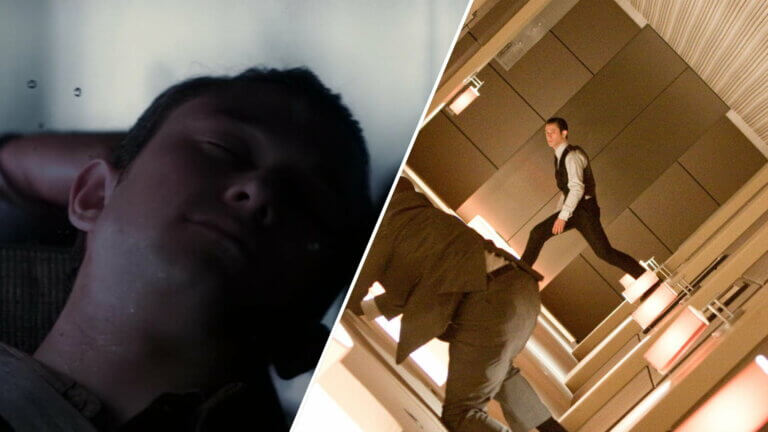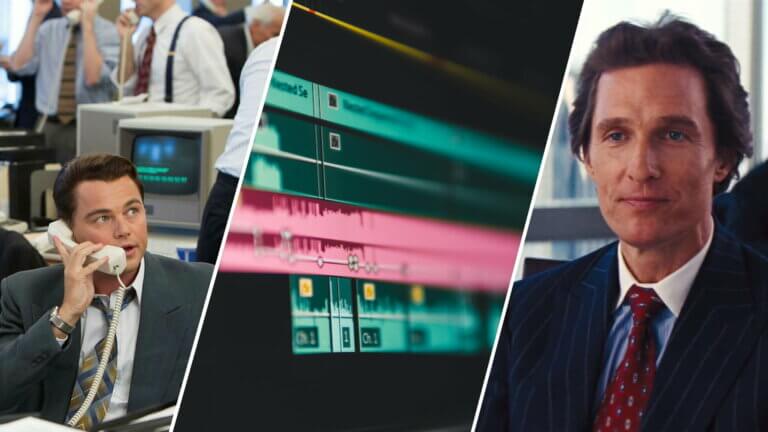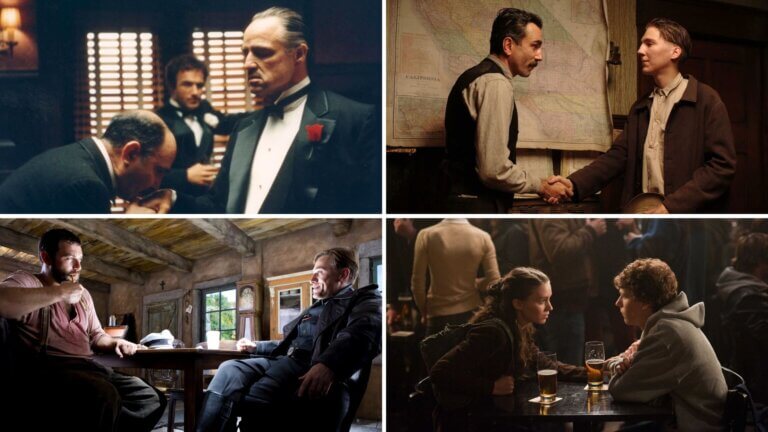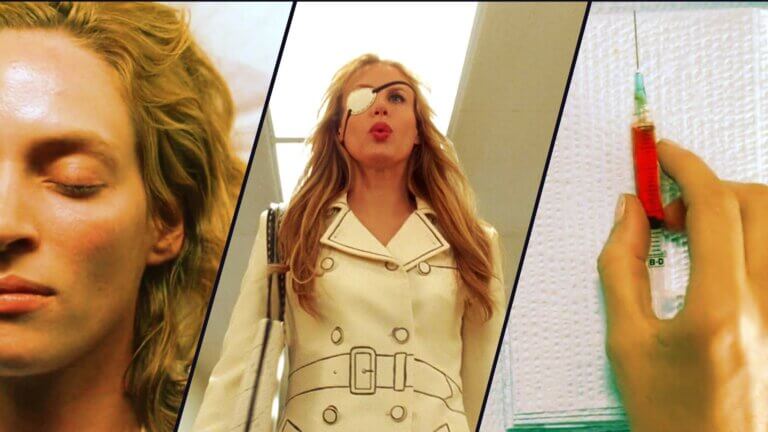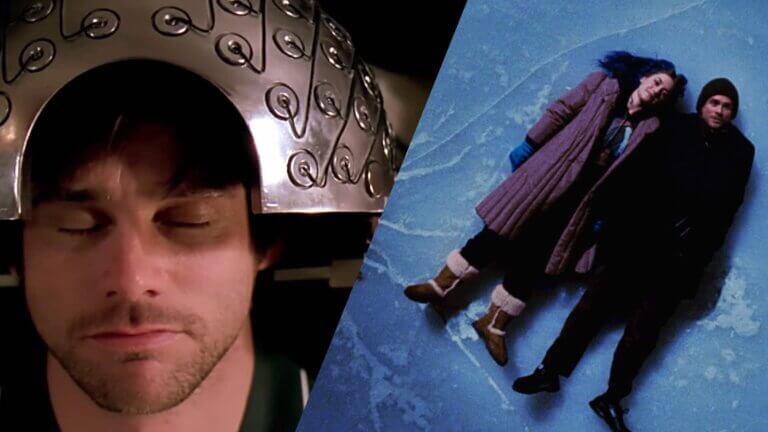Did you know that back in the day, movies shown on TV were completely different than how they appeared in cinemas? That's right. That is until something known as 'letterboxing' came along. What is letterboxing, you may ask? It's a technique used in films and videos, where black bars are placed at the top and bottom of the screen. Might seem odd, but it's a deliberate choice made to preserve the original aspect ratio of the film, ensuring viewers experience the movie exactly as the director intended. Stick around, and we'll explain how it works.Continue reading What is Letterboxing in…
Like anyone who has spent two hours waiting at the DMV can attest, emotional states are affected by the perception of time. In filmmaking terms, we want to take a moment to discuss one of the most commonly used time manipulation techniques — slow motion — and how it can be used to add deeper, emotional intensity to a scene or sequence.Continue reading How to Use Slow Motion to Create Iconic Moments
What is screen direction in film? Why is it important? And how can it be used creatively? We’ll be answering all of these questions and providing you with everything you need to know about screen direction. We’ll get started with a comprehensive definition, then drill down deeper into the various techniques and applications associated with screen direction for film. Continue reading What is Screen Direction in Film — How to Preserve Continuity
E diting in cinema has an immeasurable impact. It's one of the key crafts of cinematic storytelling, allowing filmmakers to weave multiple narratives together while maintaining continuity and cohesion. One powerful example is intercutting in film, where different shots or scenes are skillfully combined to create a seamless and compelling narrative. Continue reading What is Intercutting in Film — How to Weave Complex Scenes
Have you ever been watching a video or live stream and experienced buffering, stuttering, or diminished video quality? If you have, you may have been encountering a video bitrate issue. But what is video bitrate? And what does bitrate mean? We’re going to answer those questions by examining video bitrates, their best speeds, best uses, and more. By the end, you’ll know what bitrate means and how to effectively use it on your own. Continue reading What is Video Bitrate — Everything You Should Know
There are countless ways to cut a movie. Sometimes it’s best to do straight-forward, continuity editing– one scene happens, then the next. But sometimes, a less obvious editing technique can bring a sequence to life. Parallel editing is one of these unique editing forms that can elevate a movie, drawing comparisons and heightening suspense. So what is parallel editing in film? How can it be used?Continue reading What is Parallel Editing in Film — And Why Editors Use It
Are you having trouble transitioning from one scene to the next? Maybe you feel like there’s something missing in the cut. Or maybe the cut is just far too abrupt and distracting. Sound bridges are an incredible editing technique that can be found in nearly every film you’ve seen. What is a sound bridge in film and how is it used? In this article, we’ll take a look at various ways filmmakers use sound bridges to tell their stories and move them along in an engaging way. Continue reading What is a Sound Bridge in Film — Scene Transition Techniques
Great performances, direction, cinematography, and even production design are all essential for creating an engaging dialogue scene. But one of the most important aspects of a great dialogue scene is effective editing. Editing can make or break a dialogue scene even if all of the other filmmaking elements fall into place. So how do you edit a dialogue scene? What editing techniques can be used so that a dialogue scene stays interesting and engaging? We’ll learn how to edit a dialogue scene and what techniques go into a great dialogue scene in this article. Continue reading How to Edit a Dialogue Scene…
A split screen immediately draws attention to itself. It’s a technique which signals a certain stylization and, by its very nature, divides our attention between multiple frames. Because of this, split screens are often used sparingly. And yet, when used well, they can create some instantly-iconic juxtapositions that elevate a story. Here are some of the finest split screen film examples ranked.Continue reading Split Screen Film Examples — How Split Screens Tell a Story
Cinematographers and editors work together to create sequences that resemble reality. Once an editor gets the footage, if there are mistakes that create unintended disorientation, editors need to go to their tool belt. One way to do this is to use cutaway shots. As a cinematographer, it’s always important to shoot cutaway shots because it gives the editor an opportunity, one, to get creative, but also to fix any continuity errors. What does that mean? And what else can cutaway shots do you for your film? Let’s find out.Continue reading What is a Cutaway Shot — Why Editors and DP’s…
